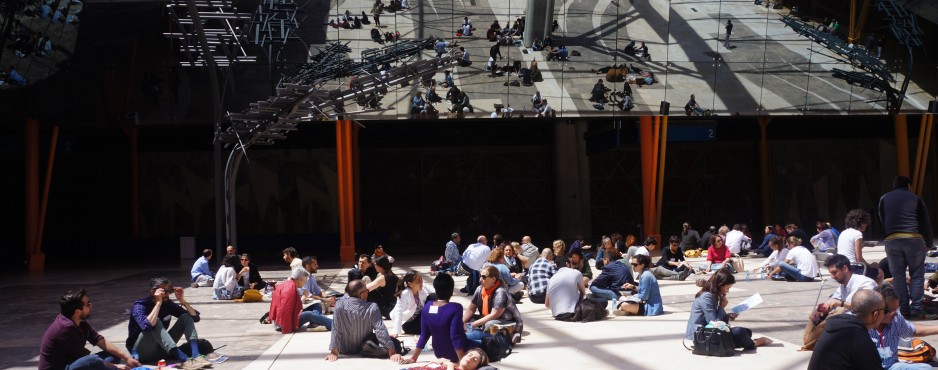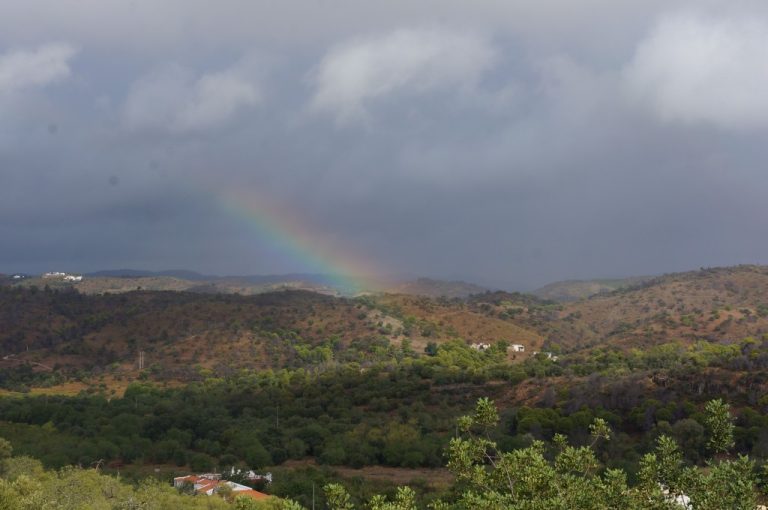NESI – The mysterious consciousness called happiness
How do you measure happiness is the question in the back of my mind as I interview Felipe Viveros, European Representative of the Bhutan Gross Happiness project. Originally from Chile, now living in the UK, Felipe outlined a narrative that is fascinating some in the Western world.
Felipe is a writer and an ecologist with an MSc in Holistic Science from Schumacher College. He attended the New Economics and Social Innovation Forum (NESI) with Sonam Tsoki Tenzin, (Director) and Sherub Chokii (Administrator), two women from the Happiness Centre, Bhutan. They took part in a lively workshop entitled ‘Wellbeing and Happiness as policy tools and drivers of the economy.’ The ‘Network of Wellbeing‘ were also part of the session.
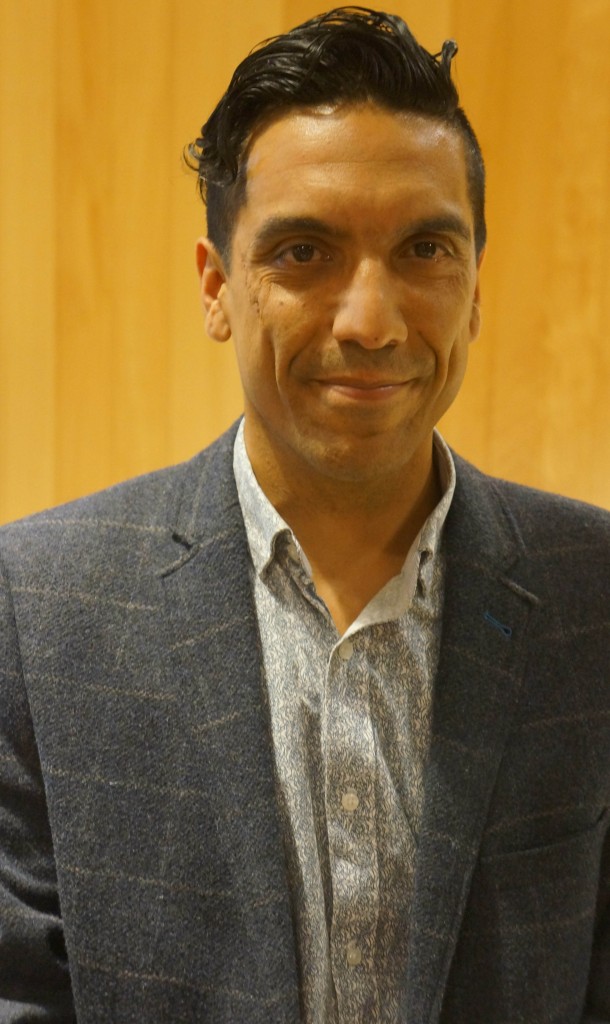
I asked Felipe about Bhutan and why a country, with only an embryonic business sector, is involved in ‘New Economics.’
Listening to Felipe talk about the remote kingdom of Bhutan, it became obvious that the economic story that he is sharing is one of simplicity of life, spiritual practice and a reverence for the earth. He said ‘Bhutan’s focus is on the happiness and well being of people rather than economic growth. Happiness comes from balancing the needs of the mind and body.’
The kingdom of Bhutan is land locked and mountainous, located in the Eastern Himalayas and borders China to the North. It has a population of around 700,000. A place of stupendous beauty peppered with ancient monastries and colourful wind blown prayer flags. Seventy two percent of the country is covered by forest. It is an independent state developing from an agrarian economy by leap frogging into sustainable options. Never having been a colony has allowed it to develop a distinct national identity based on Buddhist concepts. It has a two-party Democratic system and a Constitutional monarchy.
It was the fourth King of Bhutan, His Majesty Jigme Singye Wangchuck, in the 1970’s, who developed a broad vision of happiness and wellbeing for development in the Country. The ideas have now metamorphised into ‘The Bhutan Gross National Happiness Project,’ (GNH) arguing the economy is just a part of human society. It is a means but not the aim and that the western mainstream strategy for economic development does not look at the consequences of growth.
Felipe said, ‘The Gross Domestic Product (GDP) the west uses as a model of measurement gives too much focus to growth and not enough on relationship, psychological well-being, and a healthy environment. We are implementing a cultural shift from the economy to a caring environment.’
Under the leadership of the new ‘Dragon King’ Jigme Khesar Namgyel Wangchuck and incorporated as part of the Constitution and implemented by the Gross National Happiness Commission, four pillars and nine domains have been created to measure happiness. To document what progress they are making Bhutan has developed 72 indicators, a measurement tool, and a survey tool.
Education and medicine are free. Local projects and schools use mindfulness as a way to access a holistic vision of the now and the future.
Bhutan’s attention is on Gross National Happiness rather than economic growth at any cost. The aim is to ‘create a unique place of reflection, learning and action where nature, culture and spirituality blend in a harmonious way towards happiness and compassion for the world.’
I wondered how NESI’s aims synchronised with these ideas and how they could be more widely spread? Many people attending the Conference were still looking through a lens focused on an economic model of growth as progress.
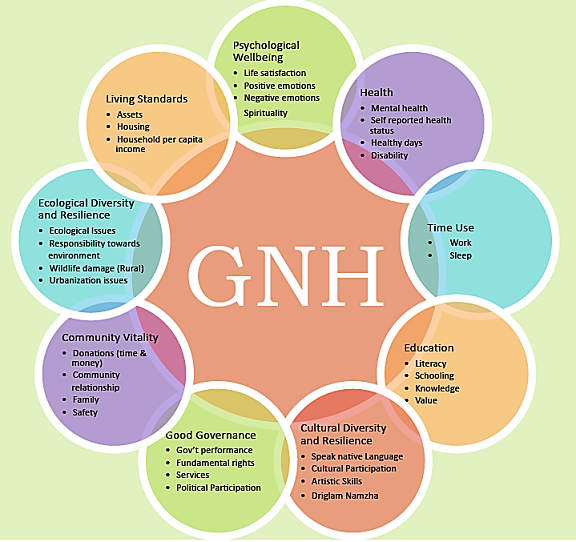
Felipe said, ‘we are starting a project in Madrid, and we plan to set up local projects in some countries to spread the model. It is a sustainable human approach. More and more people want to know how it works.
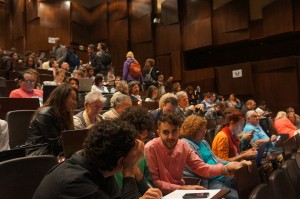
In 2011, the United Nations adopted Bhutan’s call for an holistic approach to development, a move endorsed by 68 countries. A UN panel began considering ways that Bhutan’s GNH model can be replicated across the globe. Bhutan’s principles can be identified in policy through the gross national happiness index, based on equitable social development, cultural preservation, conservation of the environment and promotion of good governance.
As the mainstream economic model looks less sustainable, it seems ancient wisdom is becoming relevant and accessible to more people.
While researching for this article, I found a presentation from April 2017, given at the World Government Summit by the President of Bhutan, Dasho Karma Ura. He outlines what the indicators look at in terms of levels of happiness, identifying a big picture as well as a sharp micro picture of progress. The indicators provide data on all aspects of life, subjective and objective, inner and outer, individual and communal, birth to dying, tangible and intangible.
In terms of policy the aim is to frame development, to guide sectors, to allocate resources and to measure change over time. They can decompose the data to the very local level and thus allocate appropriate resources.
Bhutan has already become carbon negative. That means they actually put carbon back into the atmosphere because they protect their forests. They have promised to remain carbon neutral. The Prime Minster Tshering Tobgay has called upon all Countries to keep their commitment made in Paris at COP21. Bhutan’s commitment is practical and ongoing. Remote farmers are given free electricity, so they do not need to chop down trees to cook food. Bhutan is investing in sustainable transport, while subsidising the purchase of electric vehicles. The entire government is trying to go paperless. They have connected their national parks through a network of biological corridors, which means wildlife roams freely. The Prime Minister, wants even more. He said in a TED talk from 2016, ‘we are here to dream together, to work together, to protect our planet together. Because the reality is we are in it together.’
